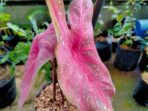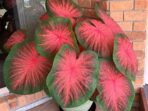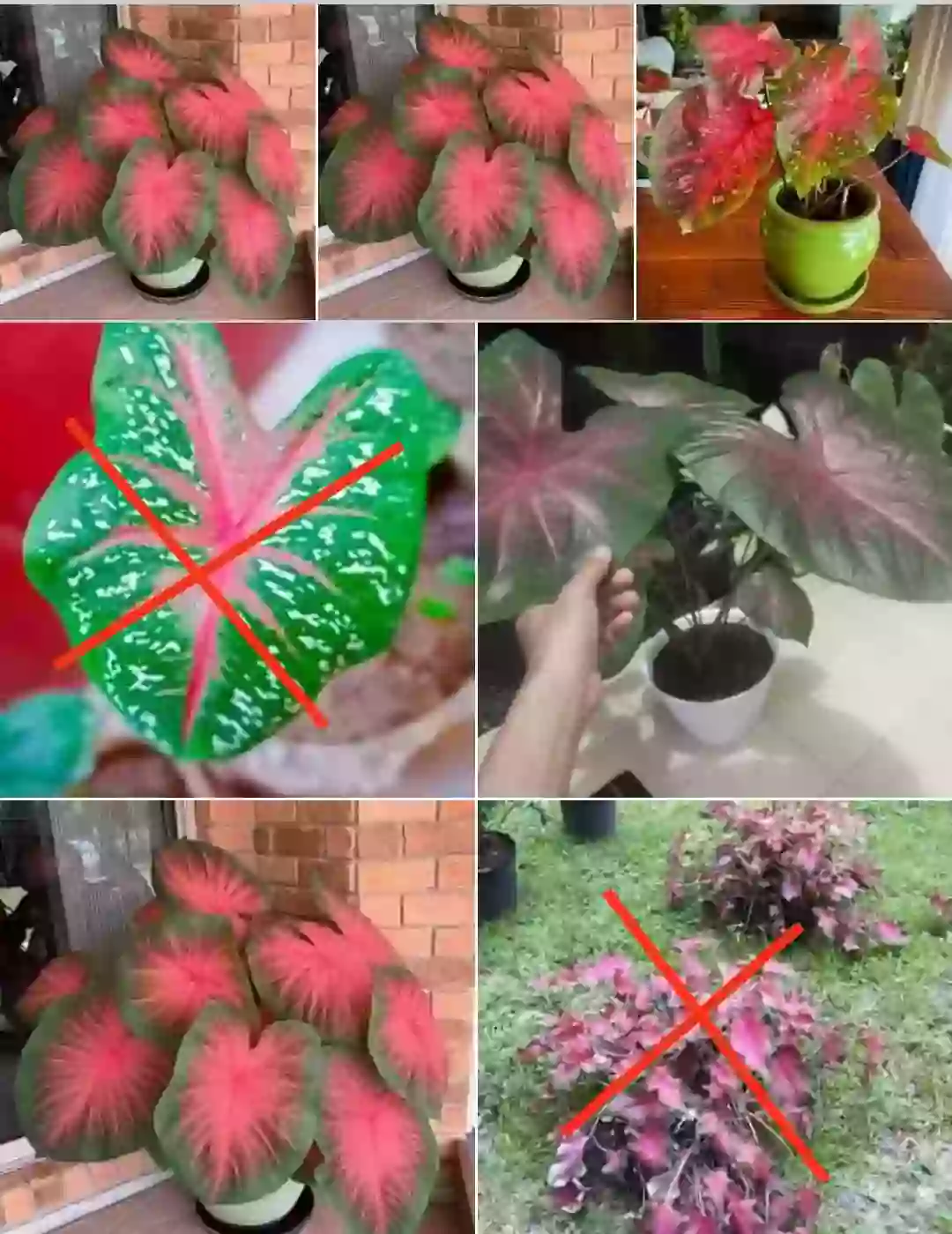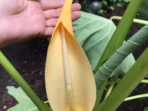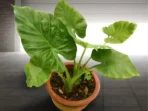Have you ever heard or even see red elephant ear plant? This elephant plant type is pretty unique. It’s not so big or gigantic although it can be big. For many gardeners, it is considered a medium height plant with the name Alocasia Imperial Red. Don’t image it as a completely red plant. It is the stalks that are bright red, while the shiny and big leaves would grow on them. The colors of the leaves are basically dark green with the shape of arrowhead. In most cases, it looks like a compact bouquet or bush of greenish leaves, having new reddish ones within the center.
When mature, this red elephant plant can grow up to 4 feet tall. When seen on the lineage, this plant is a part of the subtropical and moist tropical areas, especially in Australia and Asia. This plant loves humidity so much, so you can place them in the kitchen or even the bathroom if you want to plant them indoor.

The General Classification of the Plant
This red elephant ear plant belongs to Araceae family and a part of Alocasia genus. This one is the hybrid cultivar having not very clear origin. It has similarities to Aroid genus sister, which can lead to this plant being misnamed as the Philodendron Imperial Red.
The genus Alocasia has around 97 different species. They typically have big and deep green leaves that grow (on stalks) from tubers or bulbs. Native to sub-tropical and tropical regions of Australia and Asia, this plant prefers high humidity and bright (but indirect) sun. This is one of the elephant ear type plants whose leaves can grow more than a foot of length when mature. The leaves are shiny green with central veins being divided into other smaller veins. They are often branching out and ‘filling out’ the surface of the leaf.

When you compare the stalks and the leaves, the leaves are somewhat bigger. This is the reason why the plant may look bushy and yet compact at the same time. The plant can grow up to 4 feet in height in the indoor setting. However, in the outdoor (if based on their native) humid setting, they can grow more than 4 feet.
Read: Learning How to Take Care of Elephant Ear Plant Correctly & Properly
You should also know that Alocasias in general are toxic and poisonous, for both animals and also humans. Don’t eat the leaves or stalks. You can suffer from skin rash, itch, allergies, and irritations if you hold the plant without using any protective gloves. If you ingest it, it can cause mouth, eyes, and oesophagus inflammation. If you have one at home, be sure that your kids or pets won’t be able to reach the plant.
Just like other elephant ear types, this red elephant ear plant would go dormant during winter. It depends on the location where you live. If you live in warm areas, you can leave the plant outdoor. They may ‘sleep’ in winter months, but they aren’t dying. They are slowing in growth because of the low temperature. It’s known as the dormant period. The best thing to do is to keep your plant warm while minimizing the water. Once it is spring, you should see your plant healthy again. But if you live in colder areas, you want to winterizing it. It means that you need to dig the plant, dry it, and store it indoor all through the winter time. Afterwards, replant it again after spring time.

In short, you still need to care for the plant during its dormant period. Make sure that you provide enough water (not too much) and keep it warm. Using the fertilizer would also be a good idea.

